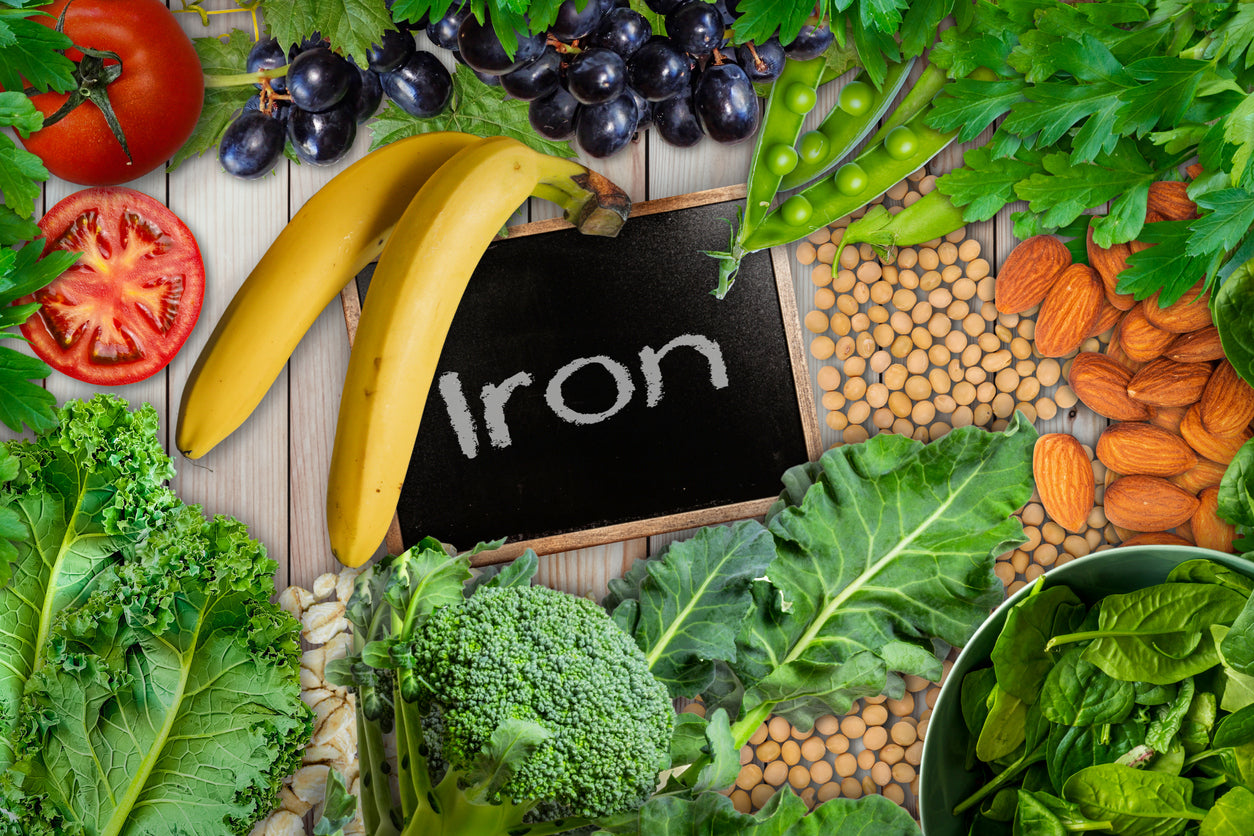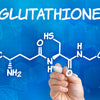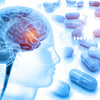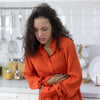Do NOT fall short on this important mineral

In order to transport life-giving oxygen to tissues and organs, the body needs iron. Yet, many people don’t have enough of it. In fact, a 2022 National Institutes of Health review reports that ten percent of the women of childbearing age in the U.S. are deficient in this essential trace mineral.
And, yes, even though males can experience iron shortfalls too, a mere 1 percent of men in the same age bracket are affected.
While iron is classified as a “trace,” (or minor) mineral, it plays an outsize role in health. Having healthy iron levels can support energy and stamina, improve mental and physical performance, bolster the immune system and promote muscle growth. Let’s look at some ways to “power up” your diet and ensure that you get enough of this energizing mineral.
Iron is a “major player” in oxygen transport and muscle maintenance
Iron is a constituent of hemoglobin, the protein inside red blood cells that ferries oxygen from the lungs and delivers it throughout the body. This ends up being a “two-way trip,” as hemoglobin also carries carbon dioxide back to the lungs.
In addition, iron helps to make up myoglobin, a protein that supports muscle metabolism. Iron is also needed to produce red blood cells and synthesize hormones. As vital as iron is to health, the average adult human body only contains a miniscule 3 to 4 grams in total.
Poor nutrition, blood loss, absorption problems cause most iron deficiencies
Unsurprisingly, not consuming enough iron-rich foods can lead to shortages. Other reasons for deficiency can include blood loss, as well intestinal problems that cause decreased absorption. People more likely to suffer from deficiencies include pregnant women, women with heavy menstrual periods, infants, children and people affected by heart failure and cancer. Having a gastrointestinal disorder, such as Crohn’s disease or ulcerative colitis, can also put you at risk.
If you are only mildly deficient in iron, you may not even know it. More serious deficiencies cause weakness, fatigue, shortness of breath, poor concentration, pallor, dizziness, headaches and hair loss. Shortages in iron can lead to iron deficiency anemia (IDA), characterized by blood levels of less than 10 mg/L. Untreated cases can trigger heart problems, as well as an increased risk of infections. Studies have shown that patients with IDA who are hospitalized for medical conditions have worse outcomes - with higher mortality, longer hospital stays and more cardiovascular events.
How much iron do I need?
The Office of Dietary Supplements lists the recommended dietary allowance of iron as 8 mg a day for adult men, 18 mg for women and 27 mg for pregnant women. For adults over 51 years old, the recommendation is 8 mg a day for men and women alike. If you are low in iron, your integrative health care provider may advise supplementation, either through iron-only supplements or a multivitamin formula.
Before supplementing with iron, check with your holistic healthcare provider. High amounts of iron in supplementation, classified as 25 mg or more a day can interfere with the absorption of zinc. By the way - if your healthcare provider has told you that you’re low in iron, ask them to check for other shortages. The ODS notes that iron deficiency may also be accompanied by other types of nutritional deficiencies.
Support iron absorption with vitamin C-rich foods
Iron exists in two forms: heme (from animal-based foods) and non-heme (from plant-based foods). Of the two, heme iron is more bioavailable to the body. Fortunately, a wide variety of tasty foods provide iron - and many are “superfoods” rich in other nutrients as well. Good sources of heme iron include organ meats, 100% grass-fed beef, cage-free chicken, pasture raised eggs and wild-caught salmon. With a 3-ounce serving containing 8 mg of iron, cooked oysters are a particularly rich source.
Iron of the non-heme variety is found in fortified foods - such as cereals - as well as in organic tofu and brown rice. You can also boost your intake of plant-based iron with organic leafy greens, cruciferous vegetables, dried or canned peas and beans, pumpkin seeds, nuts and dried fruits. To increase absorption of non-heme iron, accompany these foods with healthy amounts of vitamin C-rich fare, such as organic strawberries, broccoli and oranges. Keep in mind, foods high in beta-carotene and vitamin A, such as carrots and squash, can also lend a hand by promoting iron absorption.
Bottom line: Eating a healthy diet can help ensure that you’re not “crashing low” on indispensable iron. But, if you need to, try taking a high quality, multi-vitamin / mineral supplement.
Sources for this article include:






